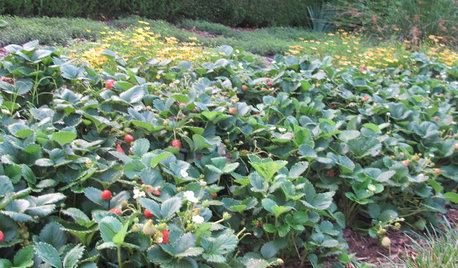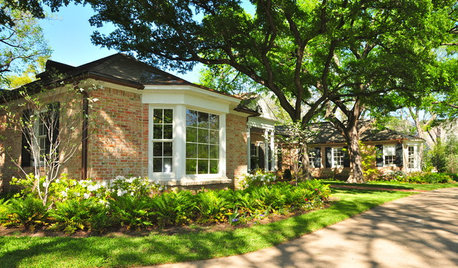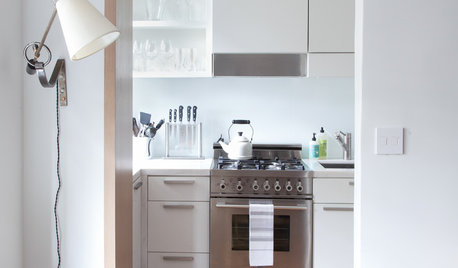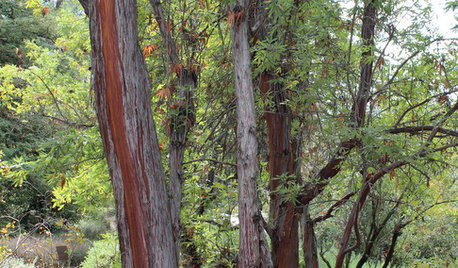southern blight and bleach
guerrillagardens
16 years ago
Featured Answer
Sort by:Oldest
Comments (15)
esther_opal
16 years agolast modified: 9 years agoRelated Professionals
Kyle Landscape Architects & Landscape Designers · Saint Louis Park Landscape Architects & Landscape Designers · Burlington Landscape Contractors · Westwood Landscape Contractors · Harrisburg Landscape Contractors · Lady Lake Landscape Contractors · Red Oak Landscape Contractors · River Ridge Landscape Contractors · Reisterstown Landscape Contractors · Raytown Landscape Contractors · Mount Vernon Driveway Installation & Maintenance · Parker Fence Contractors · Pensacola Fence Contractors · West Bend Fence Contractors · Paramus Solar Energy Systemsesther_opal
16 years agolast modified: 9 years agohighjack
16 years agolast modified: 9 years agojspece
16 years agolast modified: 9 years agoesther_opal
16 years agolast modified: 9 years agohostamanfred
16 years agolast modified: 9 years agodonrawson
16 years agolast modified: 9 years agoesther_opal
16 years agolast modified: 9 years agotomahawkclaim
15 years agolast modified: 9 years agoJanice
15 years agolast modified: 9 years agoomoelegba
15 years agolast modified: 9 years agoesudina
15 years agolast modified: 9 years agoesudina
15 years agolast modified: 9 years agoJanice
15 years agolast modified: 9 years ago
Related Stories

LANDSCAPE DESIGNBoxwood Alternatives Bring the Chelsea Flower Show to You
Don’t let box blight limit your plans to borrow garden design ideas from the renowned British event
Full Story
HEALTHY HOMESleep Happier and Healthier in a Toxin-Free Bedroom
Light pollution, toxic bedding, wallpaper that off-gases ... if you're not getting good sleep, these bedroom blights might be to blame
Full Story
REGIONAL GARDEN GUIDESSoutheast Gardener's September Checklist
Fertilize strawberries, plant a tree or two and beckon hummingbirds to your Southern garden this month
Full Story
HOUZZ TOURSMy Houzz: Reinvented Ranch-Style Home in Dallas
An architect transforms a traditional rambler in Texas, paying homage to her Southern roots and giving the landscape some love
Full Story
KITCHEN DESIGNKitchen of the Week: A Separate Peace for a Manhattan Studio
Savvy design tricks help a petite urban kitchen look not just separate, but visually distinct
Full Story
LANDSCAPE DESIGNGreat Design Plant: Catalina Ironwood, a Tree for Antiquity
Peeling bark gives this tree an antique look, but its low water needs are perfect for drought-prone areas today
Full Story
GARDENING GUIDESLessons in the Rewards of Selfless Gardening
Let go of gardening for your own vision and watch the garden’s own true vision come forth
Full Story
GARDENING GUIDESBackyard Birds: Invite Entertaining Hummingbirds Into Your Garden
Hummingbirds — unique to the Americas — zip through open landscapes seasonally or year-round. Here’s how to attract them
Full Story
FARM YOUR YARDHow to Grow Vegetables in Containers
Get glorious vegetables and fruits on your patio with a pro’s guidance — including his personal recipe for potting mix
Full Story
HOUSEKEEPINGWhen You Need Real Housekeeping Help
Which is scarier, Lifetime's 'Devious Maids' show or that area behind the toilet? If the toilet wins, you'll need these tips
Full Story








hostamanfred